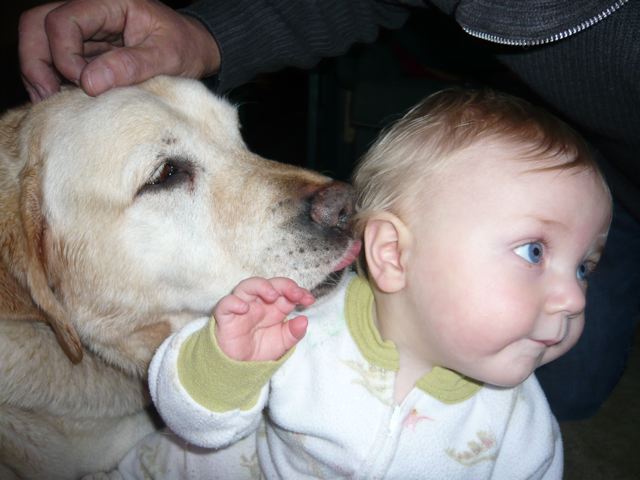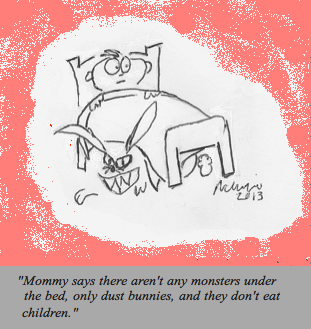A vaccine parable by Dr. Benaroch
Does it make sense to change your car’s tires one at a time? (A vaccine parable)
 Ron was puzzled. He had been a mechanic for many years, and had known Ms. McCarthy through two previous vehicles. But what could he say to a request like this?
Ron was puzzled. He had been a mechanic for many years, and had known Ms. McCarthy through two previous vehicles. But what could he say to a request like this?
“I don’t see why you wouldn’t want to do it this way. What’s the harm?” The mother of two seemed sincere and earnest. Ron knew she wanted to take good care of her car, and the kids who rode with her every day.
“It’s just not done this way. You need four new tires, let’s just replace them all at once.” Ron stuck his finger into a well-worn tread, showing his customer how shallow the grooves had become.
“But isn’t that too hard on the car? I mean, that seems like a lot to do, all at once. Let’s space them out, one tire every two weeks. I’ll just come back.”
Ron scratched his head. Cars: that’s what he knew. Light trucks, electrical systems, AC systems too. He had even studied and learned how to fix and maintain foreign cars, and hybrids, and the newer electric cars—more computer than car, really. If it rolled on wheels, Ron knew how to fix it. It was his job.
“No, you see, it’s a safety thing. A tire could blow—see how bare these are? And you won’t get good steering on these, which is also unsafe.” Safety, thought Ron, that will convince her. He took safety very seriously, and imagined that this nice lady with the kids would put safety first. “Besides, cars are designed to have their tires replaced. Tires wear out, so the car was designed to safely go up on this lift so we can replace the tires. No problem!”
“But how do I know it’s safe? I read on the internet that replacing all of the tires at once can stress out the suspension, and lead to premature angulation of the mesmerglobber, and on Oprah I saw this actress and she said three months after she had all four tires replaced, her transmission broke!” Ms. McCarthy started to sob.
“OK, look, it’s ok, look, um…” Ron looked for one of his less-greasy rags to offer as a handkerchief.
“Waiting a few weeks between each tire won’t really hurt, will it?”
“Probably it’ll be OK, I guess. But tires are an important part of your safety system, like good brakes and seat belts and air bags.”
“Oh, I make sure we never wear seat belts! I heard that once a guy was wearing his seat belt, and he went into a lake, and he couldn’t get it off, and he drowned! I’m not wearing anything that isn’t 100% safe!”
Ron felt lost. “Look, nothing’s 100% safe! A seat belt might occasionally make an accident worse, but 99 times out of 100 it’s much better to wear your belt.”
“I can’t risk that 1 out of 100 chance!”
The mechanic tried another avenue. “But it’s the law, you have to wear your seat belt, and your kids need to be in the right kind of car safety seats too.”
Ms. McCarthy’s eyes grew dark. “Yeah, the law. That’s just it—the government is forcing these seat belts and new tires on us, because the government is controlled by the car manufacturers and the insurance industry! If seat belts really saved lives would there have to be a law about it? That’s why I disconnected my front brakes.”
“What?”
“The front brakes are just a booster anyway. If the brakes work as well as they’re supposed to, why do we need a booster? It’s just more money, it’s all about the money!”
Ron had been fixing cars for years, and he owned his own shop. He made pretty good money, but selling new tires and simple brake maintenance jobs weren’t really profitable. He did those things to keep cars running well, and to prevent bigger problems later. In fact, if he let more rotors go bad and transmissions fail, he’s probably make even more money from the expensive jobs needed to fix them.
“Tell you what—I’ll fix up your brakes for free, just my cost for parts, OK? Really, it’s not safe for you and the other drivers if you don’t have good brakes and tires.”
“What do you mean, the other drivers? They have their own brakes! That’s exactly what this web site I found was explaining, that you’d come up with all of these dumb reasons to take more of my money and hurt my car! You’re not really interested in keeping my car healthy, are you?”
Are you?
Roy Benaroch, MD
©2014 The Pediatric Insider
In practice near Atlanta, Georgia, Dr. Roy Benaroch is an assistant clinical professor of pediatrics at Emory University, a father of three, and the author of The Guide to Getting the Best Health Care for your Child and Solving Health and Behavioral Problems from Birth through Preschool. We enjoy his blog The Pediatric Insider and also enjoy his posts on Web MD.
 Resolve to raise self-esteem, foster a sense of security, and encourage independence in your children in the new year. Here are our top parenting ideas for this year:
Resolve to raise self-esteem, foster a sense of security, and encourage independence in your children in the new year. Here are our top parenting ideas for this year:


 We love being pediatricians because it’s an honor to be a part of your family, it’s intellectually challenging, and it gives us a chance to teach. But mostly, we love to make people feel better.
We love being pediatricians because it’s an honor to be a part of your family, it’s intellectually challenging, and it gives us a chance to teach. But mostly, we love to make people feel better.
 We welcome back health coach Mary McDonald (the mom who overhauled her kids’ sports snack stand), to provide advice on how to survive what Dr.
We welcome back health coach Mary McDonald (the mom who overhauled her kids’ sports snack stand), to provide advice on how to survive what Dr.  Pediatric media expert Dr. Don Shifrin, whose interviews have appeared in numerous publications including Good Housekeeping, the Wall Street Journal, and Time blogs. Today he writes about the “fifth season” of the year.
Pediatric media expert Dr. Don Shifrin, whose interviews have appeared in numerous publications including Good Housekeeping, the Wall Street Journal, and Time blogs. Today he writes about the “fifth season” of the year.  The classic punk rock song lyric “
The classic punk rock song lyric “